The early days of video games were a wild time. From clunky consoles to pixelated graphics, those early generations laid the groundwork for the games we enjoy today. They were important steps in the evolution of gaming, paving the way for the advanced technology and immersive experiences we have now.
This time, we’re tackling the third generation – which took place from 1983 to the early 1990s, though the fourth generation began to emerge in 1987.
In this article, we’ll explore the third generation of video game consoles in greater detail, discussing its historical context, and decades-long impact. You’ll also learn about some of the most popular consoles and games of those golden years!
This article is part of a complete series where we do a deep dive into each video game generation.
What made the third generation of video game consoles possible?
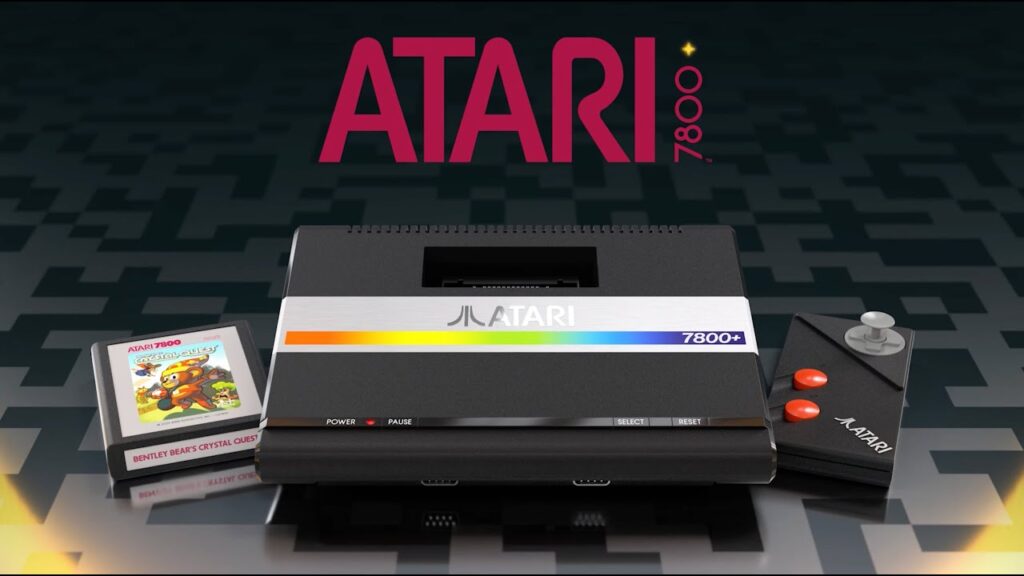
The third generation of video game consoles didn’t just happen overnight. A few key things came together to make this era in gaming possible, especially in terms of technology.
One major advancement was the evolution of microprocessors. These small but powerful chips allowed consoles to handle more complex calculations, enabling developers to create more sophisticated games with better graphics and gameplay.
Similarly, memory and storage technology improved a lot. Consoles could now store more data, leading to more detailed graphics, richer sound effects, and larger game worlds. This gave developers lots of freedom and leeway to create richer and more immersive experiences, and… so they did, as you’ll see later in this article!
In addition to the above, we had cartridges. These massive objects held the game’s software and greatly improved the older ROM alternatives. This novel approach offered more storage space, meaning games could be larger and more complex. They were also much easier to swap in and out, so players could quickly switch between games.
However, the early years of the third generation had some bumps in the road. Between 1983 and 1985, the gaming industry experienced a downturn known as the “Atari Shock,” in which developers and publishers saw a 97% drop in revenue over 2 years.

One of the biggest reasons for the rapid decline in sales was the quantity-over-quality approach many studios took, leading to thousands of low-quality games flooding the market in the previous generation. This made people lose trust in video games, so sales naturally declined, and analysts even thought the home console market would soon perish.
Ultimately, this downturn helped the gaming industry in the long run: companies had to rethink their approach, focusing on making higher-quality games more innovative and fun to play.
This shift paved the way for Nintendo’s entry into the home console market (especially in the US), marking the start of a golden age for gaming.
The rise of home consoles and what it meant for the industry
Before this era, arcades were the kings of gaming – you had to go to a dedicated location to play the latest and greatest games. But the third generation changed all that, bringing gaming into our living rooms and making it more accessible than ever before.
In the mid-1980s, home consoles became the focus, with companies like Nintendo and Sega leading the charge. These devices were more affordable and powerful than their predecessors, making them an attractive alternative to experience arcade cabinets. Furthermore, families could now gather around the TV and enjoy games together at home.
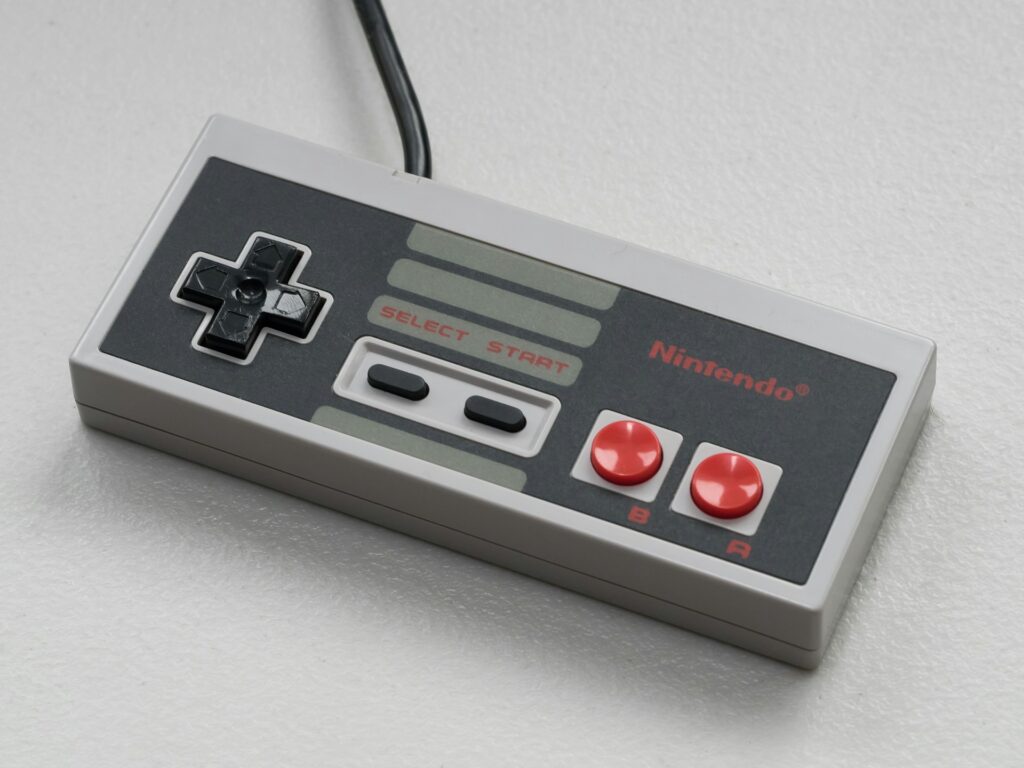
This shift towards home consoles also led to important standardization processes. One of the most significant was the introduction of the D-pad (directional pad, pictured above) on controllers.
This simple yet ingenious design, popularized by the Nintendo Entertainment System (NES), provided a much more intuitive and precise way to control characters in-game. Soon, the D-pad became a staple of game controllers for decades, influencing their design across the industry.
Another key standardization was the widespread adoption of game cartridges. As mentioned, they made it easy to swap between titles, allowing players to build their libraries and choose from a growing selection of games. This format also made it much easier for developers to create and distribute games, further fueling the growth of the home console market.
What were the main consoles of the third generation?
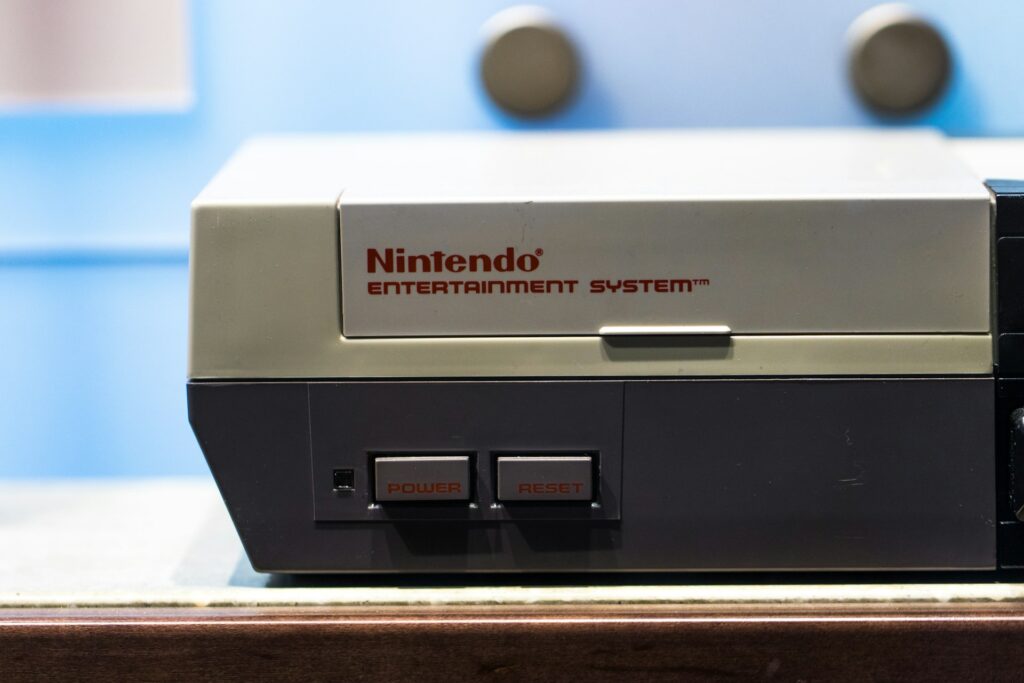
First, we have the undisputed champion of the third generation – the Nintendo Entertainment System, or NES for short. This little gray box took the world by storm, introducing characters like Mario, Link, and Samus Aran to a generation of gamers.
Also known as Famicom, the NES was a massive success, selling over 60 million units worldwide. Its simple yet effective design, combined with a library of groundbreaking games, made it a household name and cemented Nintendo’s position as a leader in the gaming industry.
We also had Sega, who entered the fray with the Sega Master System. While it didn’t quite reach the same level of success as the NES in North America, it found a strong following in Europe and Brazil thanks to its impressive graphics and a solid library of games. The Master System introduced players to the speedy blue hedgehog, Sonic, who would later become Sega’s mascot and a fierce rival to Mario.
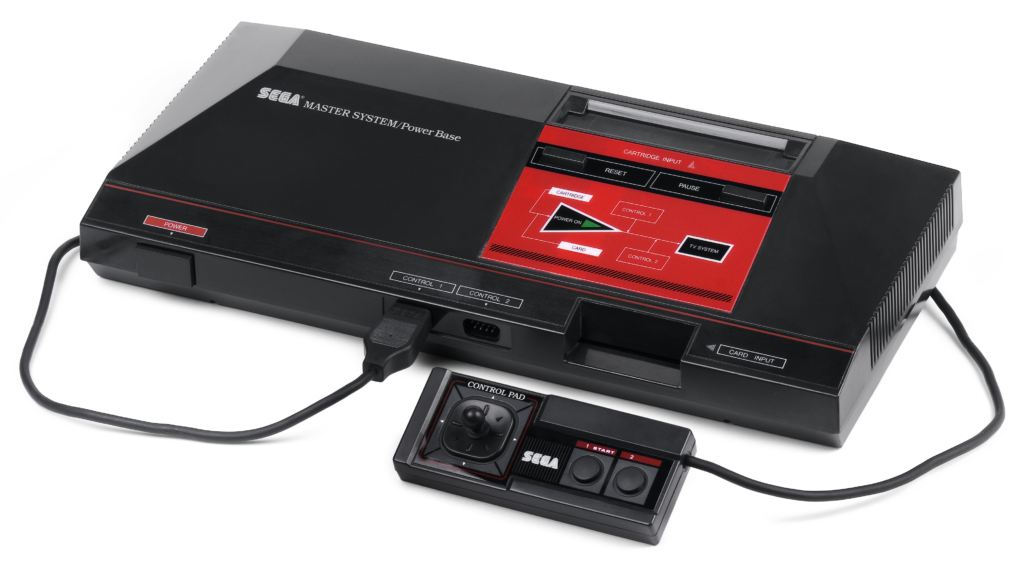
Atari, once the undisputed king of the gaming world, attempted to reclaim its throne with the Atari 7800. The console boasted backward compatibility with Atari’s earlier games and improved graphics, but it struggled to compete with the innovative offerings of Nintendo and Sega.
This console represented Atari’s last major attempt to stay relevant in the home console market, but it ultimately failed to recapture the glory of its earlier successes.
Of course, there were other consoles, like the Dina, Amstrad GX4000, and the VTech Socrates, but they lacked popularity relative to the big three.
A legacy of classics: iconic games of this console generation
Here are a few of the titles that defined this era and left a lasting legacy:
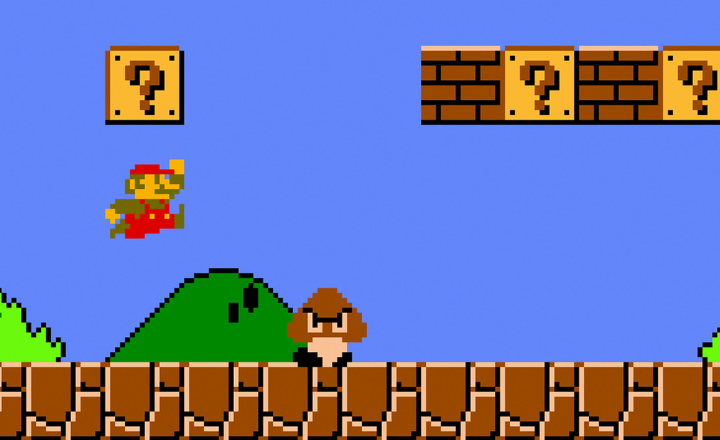
Super Mario Bros. for the NES needs no introduction. Its tight controls, colorful world, and instantly recognizable characters revolutionized platforming games. Mario’s journey to rescue Princess Peach from Bowser became a global phenomenon, spawning countless sequels and establishing Nintendo as a household name.
It also held the best-selling game title until 2009, almost 30 years after its original release!
Then, The Legend of Zelda took players on an adventure through the mystical land of Hyrule. This groundbreaking game introduced the world to Link, a silent protagonist who must save Princess Zelda and defeat the evil Ganon. This game set the standard for action-adventure games, with its open-world exploration, challenging dungeons, and unforgettable story.
There’s also Metroid, which gave Samus Aran, a bounty hunter exploring a hostile alien planet, to the world. This game was known for its atmospheric world, challenging gameplay, and the now-famous twist ending that revealed Samus as a female protagonist.
Did you know that Metroid helped establish the “Metroidvania” genre, known for its interconnected world design and emphasis on exploration and item collection?
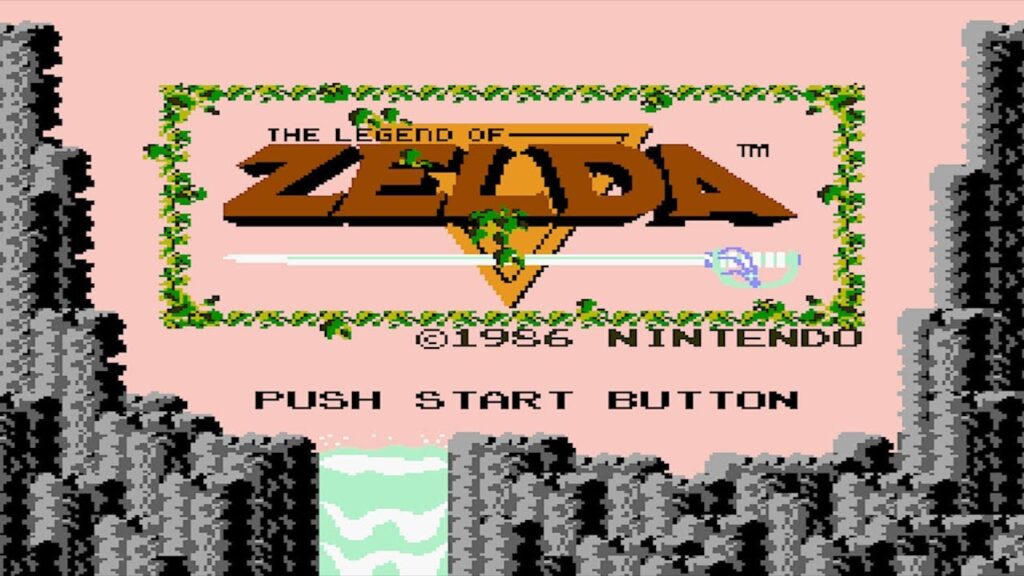
Sega had its own star with Sonic the Hedgehog. This speedy blue blur brought tons of excitement to platforming games. This furry creature was all about going fast, collecting rings, and taking down the evil Dr. Robotnik. With its massive success, Sonic quickly became a rival to Mario, and their competition helped fuel the console wars of upcoming generations.
And who could forget Tetris? This simple puzzle game, where you fit falling blocks together, became one of the best-selling franchises ever. It was so addictive and easy to pick up, yet incredibly challenging to master. Tetris showed that you didn’t need fancy graphics to create a truly great game.
The 8-bit legacy lives on!
As we’ve seen, the third generation of video game consoles (also known as the 8-bit generation) was a time of incredible innovation and creativity.
New technology paved the way for more complex and immersive games; iconic characters and franchises were born; and home consoles became the primary way people played games.
This era laid the foundation for the modern gaming industry we know and love today, leaving a lasting influence that inspires thousands of developers worldwide even today!
Love the classic look and feel of those 8-bit games? Want to create a game that captures that same retro magic? We at Main Leaf can help! We specialize in crafting games across many styles, including those awesome pixel art graphics characteristic of the third generation of video game consoles.
Whether you’re dreaming of a side-scrolling platformer, an action-packed RPG, or a challenging mobile puzzle game, our team can bring your vision to life. Contact us today and let’s create a retro masterpiece together!

